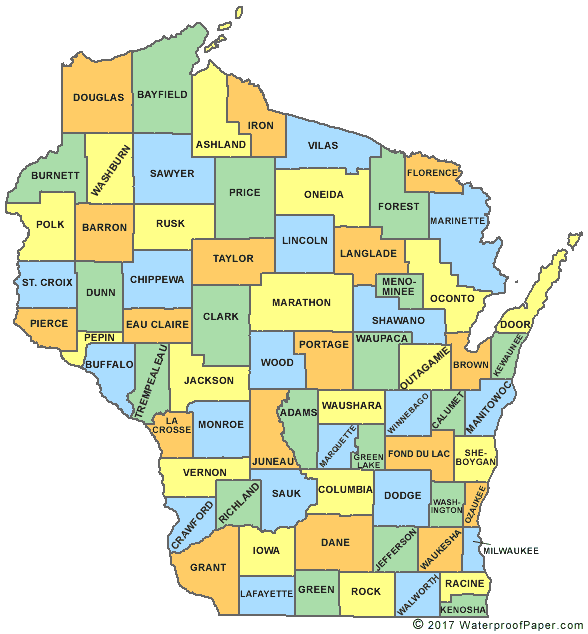1. Make a more explicit outreach to provide Clinic legal services in rural communities. While our Clinic is right at state averages in terms of our clients with respect to the state population in rural communities, that number can (and should be higher) to reflect the need that is clearly there. Second, rural communities don't just need the support to entrepreneurship, but rural law firms (especially in Wisconsin) are being decimated. By bringing law students out to the communities where they can see these communities first hand and meet the entrepreneurs and business owners there, they can see that there is need. Moreover, while we are in the community, we will arrange for students to meet with local attorneys and local community leaders.
2. Provide education around issues that are critical to supporting rural entrepreneurship, namely: (a) implementation and regulations around rural broadband; (b) information and infrastructure to support access to capital for rural entrepreneurs; and (c) more information about business structures that are critical to supporting agricultural businesses such as business transition issues and cooperatives.
Rural communities are being left behind in the "digital divide" (god, it pains me to even write that cringe-y sentence; it is loaded with cliche) - but the short of it, that there is a dearth of access to "broadband" (defined as at least 20mbps down) internet which hampers the capability to do business. Just one example that came up in the Clinic is a farmer that had a piece of machinery that had an electronic control system that took 3 days to update because the internet connection was so slow - three days that the equipment was unavailable. Not to mention, without internet, the people that want to live in rural communities, but hold modern, well-paying jobs that rely on always-on connectivity (eg. programmers) have to leave which draws people and resources out of the community.
The whole point of this post is actually the Access to Capital problem. Namely, how can rural entrepreneurs even succeed without access to the kinds of modern capital structures that power modern entrepreneurship. Not to mention the closing of numerous community banks. But even just looking at entrepreneurial ecosystem funding from accelerators to bridge financing to angel investors and friends and family to seed money to venture capital. It's all hard enough in a large city, but made even more difficult in the rural community. Below are just some of the questions that have come to me as I contemplate how we even begin to solve this problem:
- What kinds of things are rural entrepreneurs doing? How does "rural entrepreneurship" look differently from "city entrepreneurship"?
- Are "city technologists" that create things for the rural context (e.g., agricultural drones being developed on-campus) "rural entrepreneurs"?
- Does the presence of a nearby University or College change? How near does the University or College need to be to make an impact?
- How does the rural context change investment decisions and opportunities?
- Do investors need to change their expectations with respect to rural entrepreneurs? If so, is it in the returns they should expect? The "sophistication" of the founders? The types of technology they should be investing in?
- Does the rural context matter in terms of the kinds of money that needs to be deployed? In other words, do outside investors need to get involved earlier? Is it pre-seed money that is super-important (are ideas falling off the vine before they're ripe?) Is seed stage money more important (they can get the idea developed in a workshop, but initial commercial prototyping and sales need support)? Is early-stage money for scalability and access to markets the bigger problem? Are all of these problems, and if so, what is the priority for these issues?
- Can a typical entrepreneurial ecosystem be fully executed in a non-metropolitan place?
- In other words, assuming that a proper ecosystem involves incubators, accelerators, coworking, maker spaces, pre/early/seed stage capital, business support services (like L&E), etc. Can these things all exist in a non-metropolitan place, let alone a rural town or small (sub-100k) city?
- Are some support services/ecosystem services less important in rural communities? E.g., while 3D printing may not be prevalent, the typical kinds of "shop tools" found in maker spaces may be more readily available.


